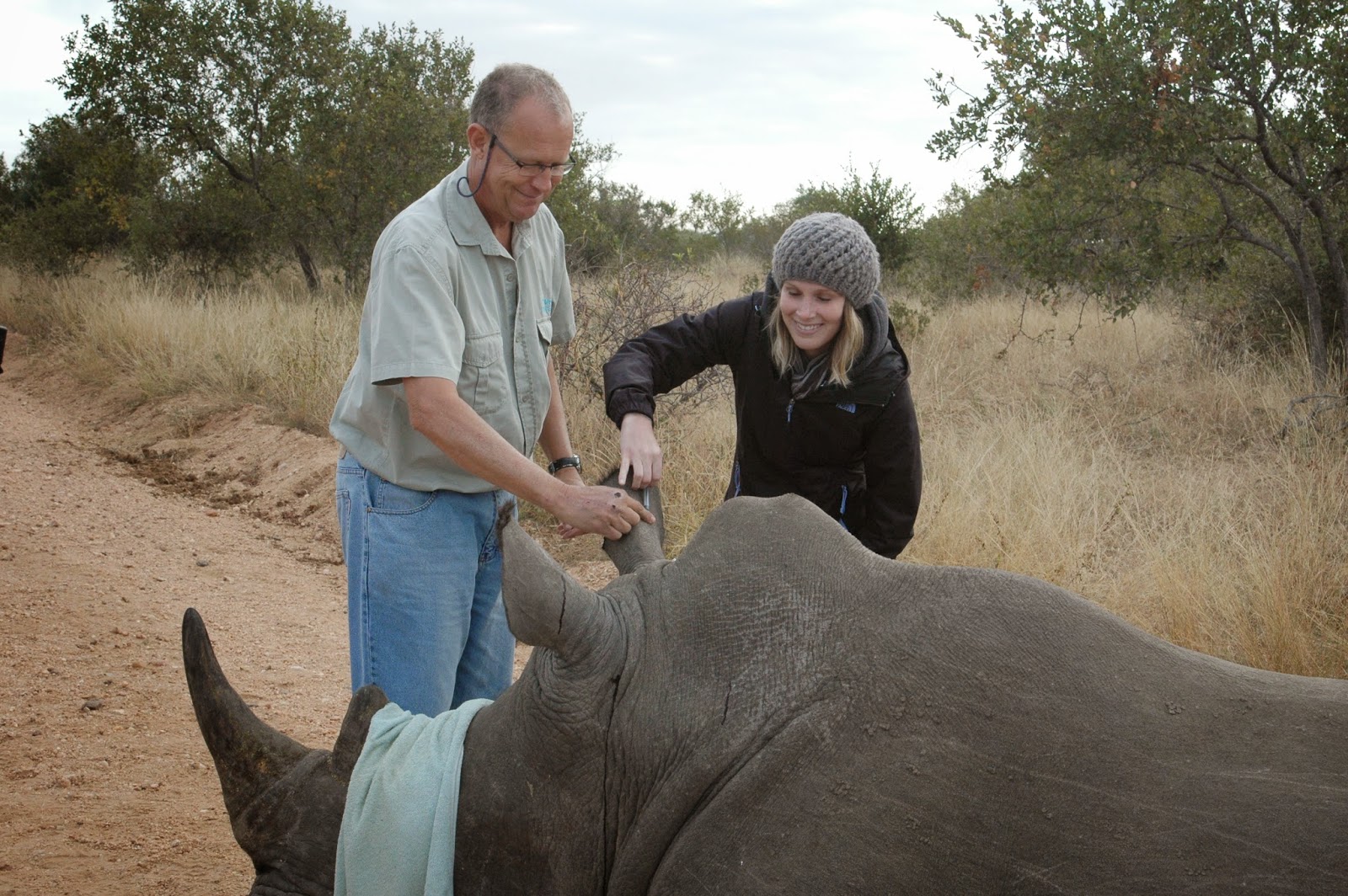While Kamryn and Roger were visiting us last week, we drove north to Pretoria.
On the way to Pretoria we visited the Voortrekker Monument. Over 120 feet in height it was built to commemorate The Day of the Covenant. On December 16, 1838, 470 Dutch pioneers (Voortrekkers) were attacked by approximately 20,000 Zulus lead by their chief Dingane. Prior to the commencement of The Battle of Blood River the Voortrekkers had entered into a covenant with God that if He would help them win the battle they would always worship Him.
Located near the monument is a small fort with a "hospitaal". An appropriate picture for Dr. and Mrs. Stimpson.
I had to get a picture with Oom (uncle) Paul Kruger. The first President of the Boer Republic of the Transvaal.
The Voortrekker Monument sits on a hill outside of Pretoria. It can been seen for miles.
Inside the monument is a large granite slab on which are written the words, "Ons es vir jou, Suid Afrika" (We are for you, South Africa). Every December 16th, through a hole in the top of the monument the sun shines directly on these words. Afrikaans believe it reflects Heavenly Father's feelings towards South Africa. The Voortrekkers were victorious in the Battle of Blood River suffering no deaths, while over 3,000 Zulus were killed.
There are 64 ox wagons surrounding the Voortrekker Monument. These represent the 64 wagons which formed the laager protecting the Voortrekkers.
Today in South Africa December 16th has been renamed the Day of Reconciliation with the intention of reconciling the races and unifying the nation.
Before heading to Kruger Nation Park for the Rhino Rescue, we met some lion cubs.
And made a giraffe a friend.
We also visited the Union Buildings in Pretoria.
Mom gave the new statue of Nelson Mandela a high 5.
Visiting the monument were lots of school children who also wanted to give Nelson a high 5.


























































